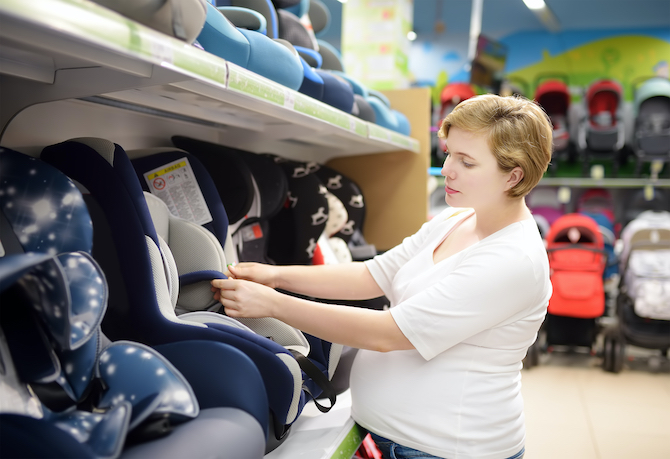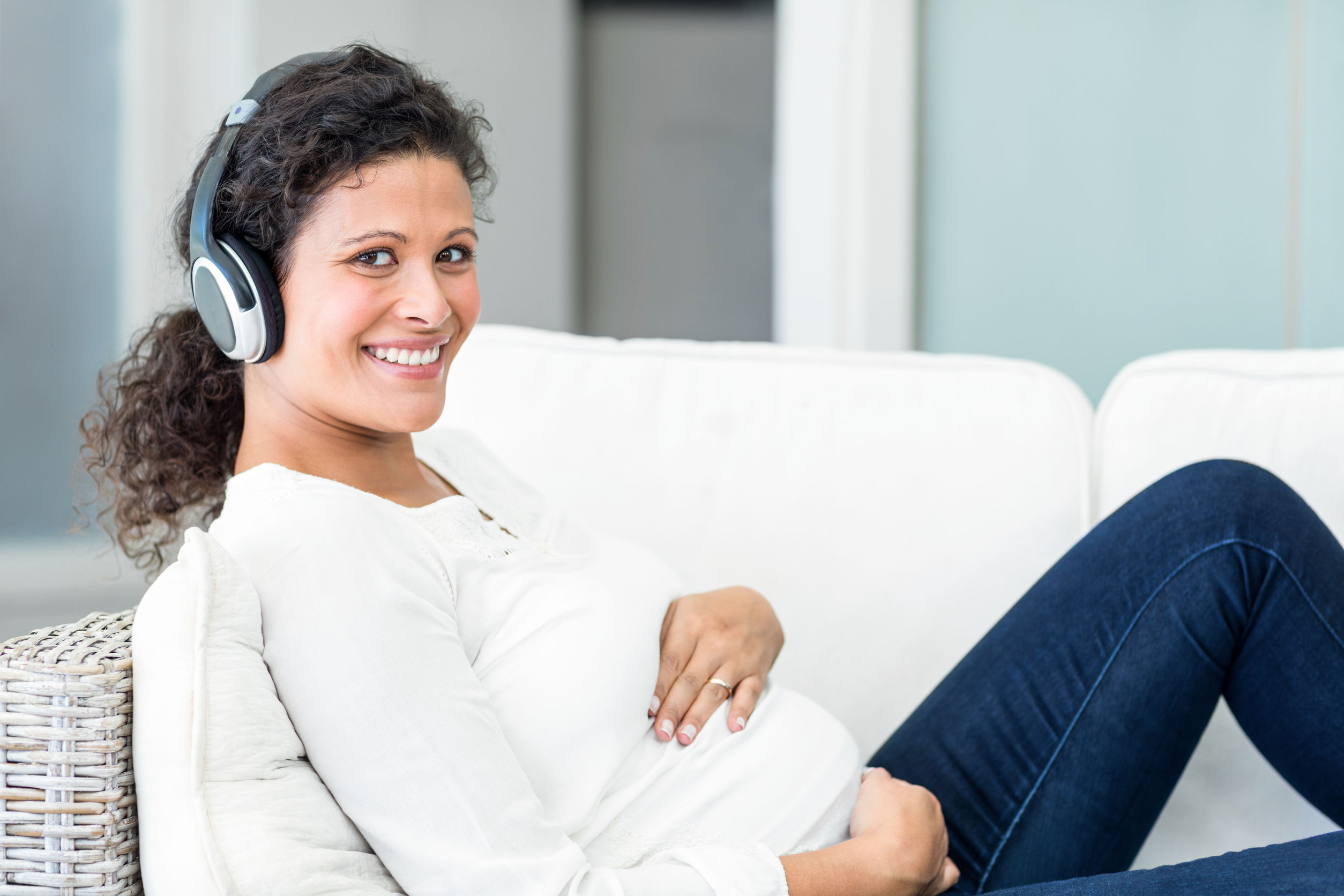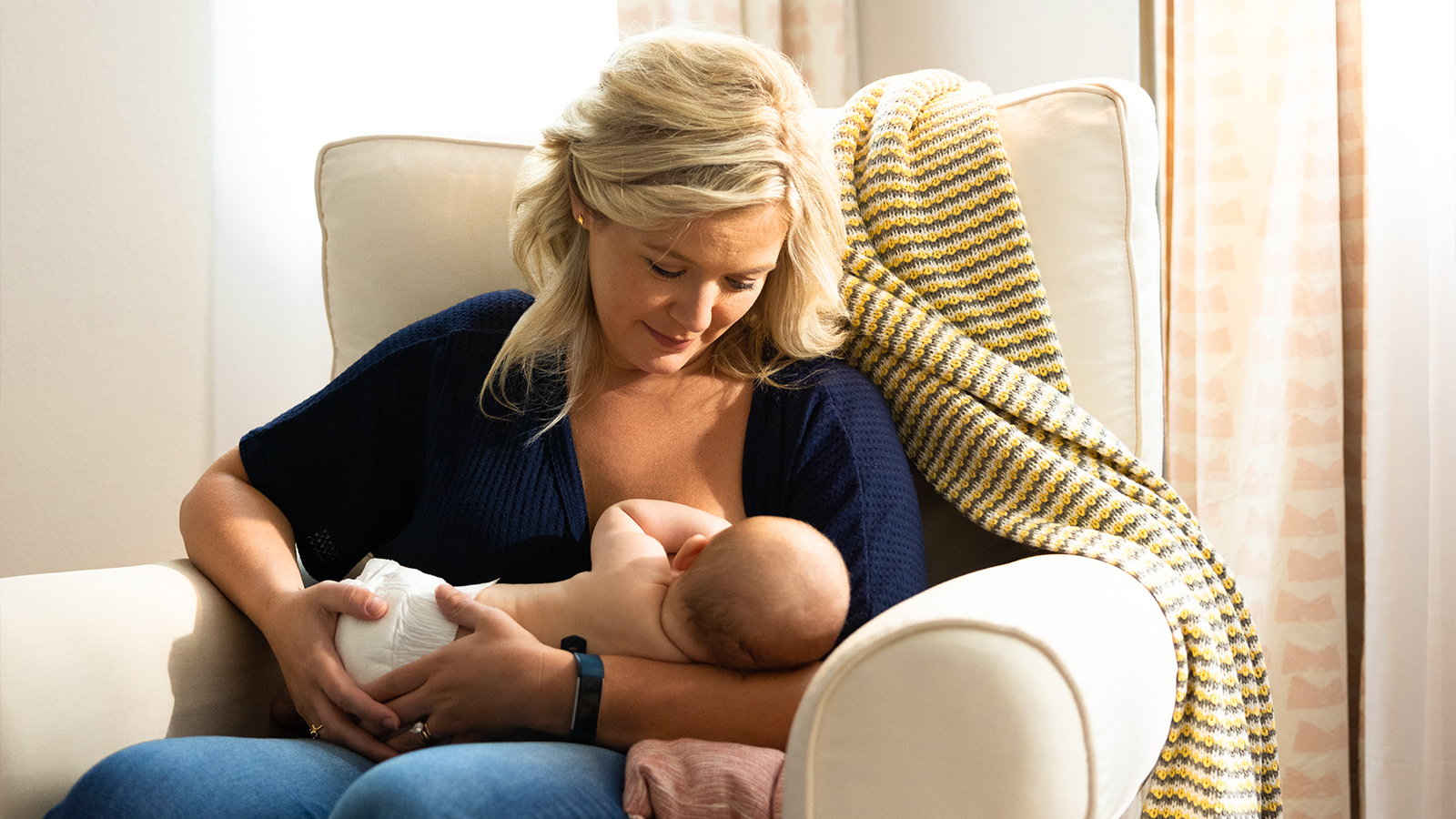Teaching expectant parents how to buy, install, and use their first infant car seat is an important part of prenatal education. Reminding parents how to safely secure their newborn in the seat before discharge can also prepare them for a safe trip home from the hospital.
Whether you’re an educator or a nurse who instructs new parents before discharge, this article offers an overview of what new parents need to know about buying, installing, and safely using their first infant car seat.
Infant Seat Basics
The safest place for a baby in a car is secured into a rear-facing car seat. This keeps their head, neck, and spine cradled by the back of the seat if the car is involved in a frontal crash, the most common type of vehicle crash. When used correctly, a car seat can reduce the risk of infant death by as much as 71%.
Because babies, parents, and cars come in all sizes and shapes, there is no single “perfect car seat” for everyone. Simply stated, the “best” car safety seat is the one that fits the baby and can be set up correctly/safely in the parent’s car. It also needs to be easy to use so parents can feel comfortable and confident in their ability to install and remove it correctly.
Price and Safety Considerations
Although the price of extra car seat features may be a consideration, it should not be the only one. Even the most expensive seat on the market may not protect a baby if it’s not installed properly. In fact, the National Highway Traffic Safety Administration (NHTSA) reports that 59 percent (almost 6 out of every 10) car seats are not installed correctly. This is simply unacceptable.
Because car seat safety technology is constantly changing and improving, parents should consider buying a new car seat if at all possible. If the only option is to buy or borrow a used infant seat, here are two important cautions:
- Never buy or borrow a used seat from someone who doesn’t know the seat’s complete history.
- Never use a car seat that has been in an accident or is past the expiration date on the seat bottom.
Purchase Tips for Parents
Before buying their first infant safety seat, there are a few things parents can do to help them make a smart purchase decision.
- Review the vehicle owner’s manual. Will the new car seat be attached using a seat belt or does the car have a LATCH (Lower Anchors and Tethers for Children) system? (The LATCH system has been in cars since 2003.)
- Measure the vehicle’s back seat. Make sure the base of the new car seat will fit, especially in a smaller vehicle or if there will be other passengers in the back seat.
- Think about stroller compatibility. Not every infant seat will work with every stroller. Because the seat is an important safety device, parents should buy the seat first, then look for a compatible stroller.
- Read the label. Check the weight, height, and age limits to make sure the car seat is designed for a newborn. Installation instructions should be easy to understand and include clear pictures and diagrams. The manufacturer’s website should also have instructions and a phone number that parents can call for help.
- Register right away. Send in the card or visit the manufacturer’s website to register the seat purchase to ensure that you are notified of any recalls or future issues.
Installation Basics
After the infant safety seat is purchased, parents should read through the instruction booklet to make sure they fully understand how to install it safely. There are two ways to secure a car seat in a vehicle:
- Using a seat belt. Pull the seat belt through the car seat at the belt path. Arrows on the car seat or directions on the label will show you the correct belt path to use. Tighten the belt to secure the seat.
- Using LATCH. Connect the lower attachments on the car seat to the car’s lower anchors. Both seat belts and LATCH are safe, but only use one at a time.
The Safe Kids website can connect parents with local child passenger safety (CPS) technicians who can review and help with installing an infant seat. Many fire stations, police departments, hospitals, and other community organizations also have CPS technicians available.
Best practices and considerations:
- Car seat should be tightly installed in the vehicle’s back seat, preferably near the center
- Seat should face the back of the vehicle (rear-facing)
- Seat should recline according to the manufacturer’s instructions
- Seat should not move more than one inch from front to back or side to side
- Never attach any toys, wraps, or other items to the car seat
- Never use a car seat insert or support that didn’t come with the seat
Securing Baby in the Seat
It may take a few practice tries, but parents will quickly learn how to safely buckle their baby into the car seat. Here’s a quick look at how to do it:
- Make sure the harness straps go through the car seat at the same level and neither strap is twisted. For a newborn, the harness straps should be in the lowest slots.
- Remove the baby’s coat or any bulky clothing before placing them in the seat. You can cover with a coat or blanket after the baby is buckled in.
- Pull the harness straps snugly over the baby, buckle the harness, and close the chest clip at armpit level.
- Harness straps should be at or below the baby’s shoulder level.
- Tighten the straps until you can’t pinch any of the webbing between your fingers
Free Seat-Buying Guide for Parents
We want to do our part to help new parents make smart choices about buying, installing, and safely using their first infant car seat. That’s why we created a helpful handout you can share with your patients and clients. Download your free copy of our 1-page “New Parents Guide to Buying an Infant Car Seat” today.



